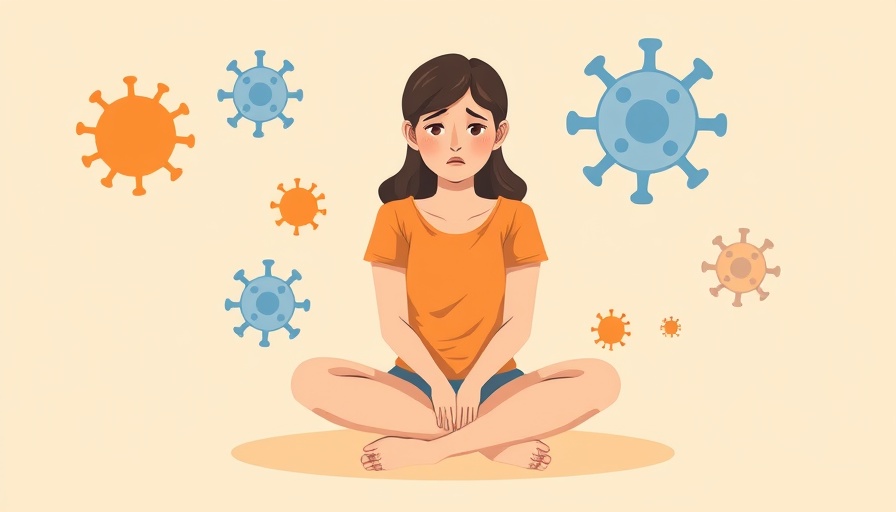
Unexpected Findings: Anxiety Levels During the Pandemic
In a surprising turn of events, a recent study has revealed that the COVID-19 pandemic did not lead to prolonged spikes in anxiety levels among the U.S. population. Researchers found that while initial fears and uncertainties during lockdown periods were prevalent, the long-term effects of the pandemic did not result in a sustained increase in anxiety disorders. Instead, many individuals adapted to the evolving circumstances, showcasing an innate resilience.
Historical Context: Mental Health and Crises
The historical context of mental health during crises sheds light on this phenomenon. Previous pandemics and crises have often led to an increase in anxiety-related symptoms, prompting fears of an era marked by widespread mental health issues. However, this study suggests that the situation is not as dire as once feared. People appear to have developed coping mechanisms that have been bolstered by community support and a greater availability of resources.
The Role of Community and Support Systems
Understanding the social connections that contribute to mental health resilience is crucial. During the pandemic, many community outreach programs were established, and initiatives promoting mental health awareness gained momentum. The availability of support groups and online resources provided individuals with avenues to express their feelings and seek help, contributing to a resilient response to the crisis.
Implications for Mental Health Policy
This finding has significant implications for mental health policy. As the study demonstrates, the importance of early intervention and accessibility to mental health care cannot be understated. From promoting therapy options like cognitive behavioral therapy and mindfulness to increasing funding for mental health education, there are many pathways through which policymakers can enhance community resilience and mental health outcomes.
Coping Strategies That Work
For individuals still struggling with anxiety, practical coping strategies remain essential. Techniques such as breathing exercises, mindfulness meditation, and relaxation techniques can significantly alleviate anxiety symptoms. Moreover, integrating physical wellness into daily routines—through exercise, healthy nutrition, and proper sleep hygiene—can bolster overall mental health and fortify resilience against anxiety triggers.
Connecting with Mental Health Resources
If you or someone you know is dealing with anxiety or related symptoms, engaging with resources such as the SADAG helpline or local mental health organizations can provide critical support. Whether through counseling, psychotherapy, or self-help platforms, there are many avenues available to build resilience and combat anxiety.
For those who are caregivers, educators, or health professionals supporting families, understanding stigma reduction around mental health is vital. Creating an environment that encourages open discussions about anxiety and emotional challenges can drive positive changes within communities.
Future Predictions: Mental Health Post-Pandemic
As we move forward, it is imperative to continue studying the long-term effects of the pandemic on mental health. Ongoing monitoring and research will help refine support systems and mental health strategies, ensuring they meet the community's evolving needs. Understanding the resilience exhibited by individuals during this time could shape future approaches to mental health care.
Conclusion: Embracing Resilience and Support
In conclusion, while anxiety levels did not endure as initially feared during the pandemic, awareness and preparedness are essential. Mental health remains a priority that merits ongoing attention and resources. To foster resilience in ourselves and our communities, it’s crucial to embrace discussions around mental health and seek support when needed.
Take action today by seeking out mental health resources or engaging in local discussions about mental well-being. Together, we can destigmatize anxiety and promote a healthier, more resilient society.
 Add Row
Add Row  Add
Add 




Write A Comment